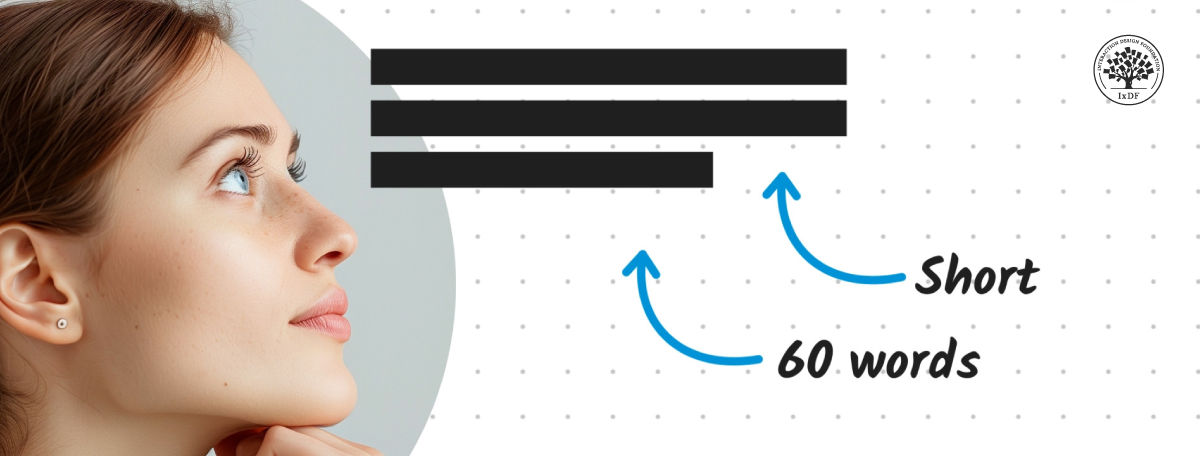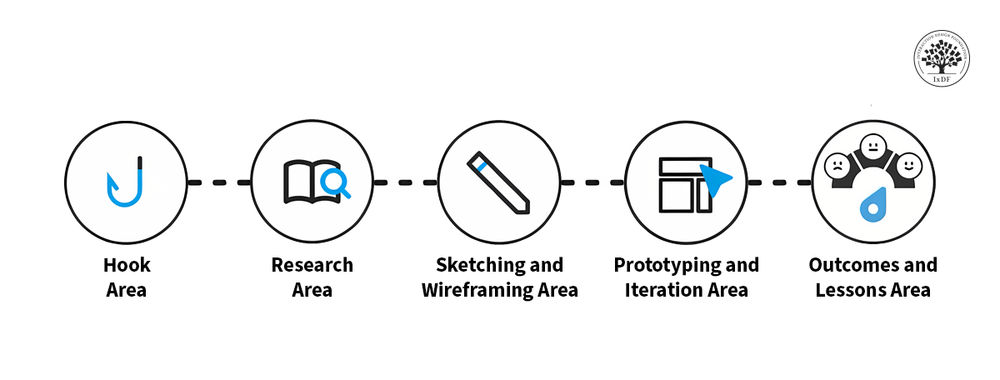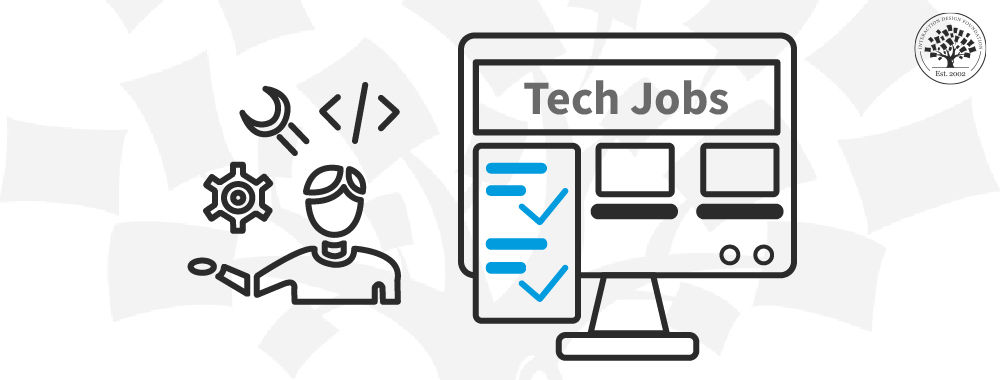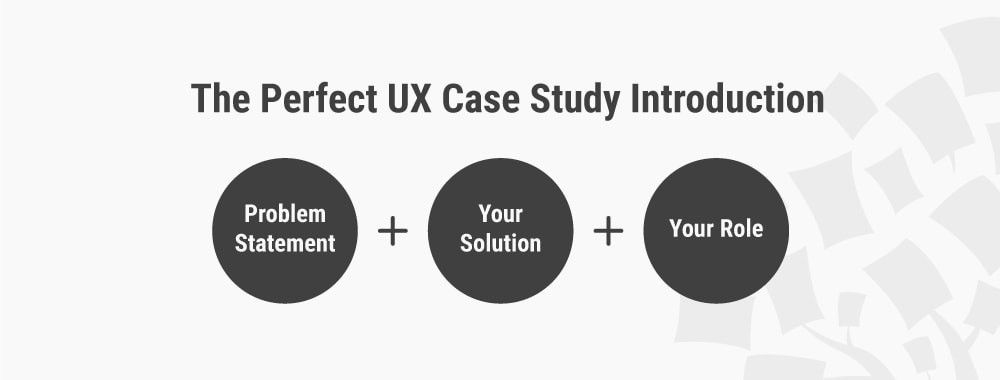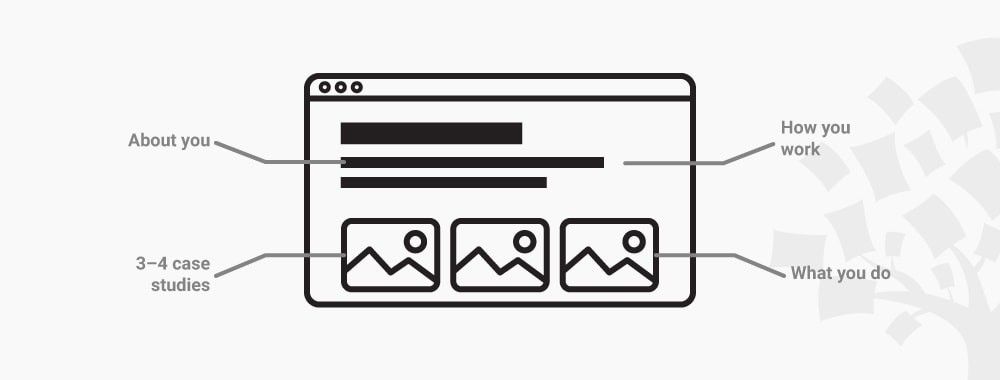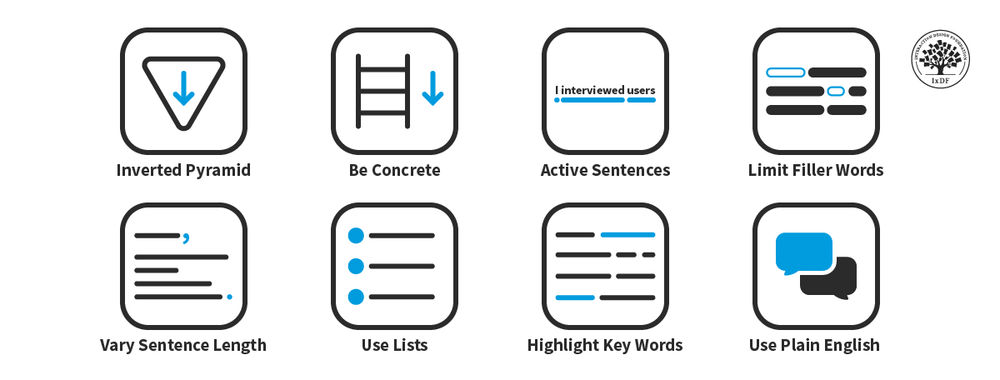How do you ensure your design portfolio grabs the attention of potential employers from the get-go? Your hook holds the answer—the gateway to make a memorable impression. Let's discover how to craft a hook that captivates and sets you apart.
In this video, Morgane Peng, Design Director at Societe Generale CIB, shows you how to create engaging hooks and headlines for your portfolio.
What Are Hooks and Why Are They Important?
Hooks are the attention-grabbing elements of any content, usually found at the beginning. Their purpose is to pique the audience's interest and compel them to continue reading or engage further. In essence, hooks serve as the initial "grabber" that draws readers in and makes them want to know more.
Hooks are essential because they are the first impression a reader or viewer receives, and as the saying goes, "first impressions are lasting impressions." A strong hook can make the difference between someone continuing to read, watch or listen to your content or moving on to something else. In a world where attention spans grow increasingly shorter and competition for engagement is fierce, a compelling hook is essential to capture and retain audience attention.
In terms of a design portfolio, a hook refers to a compelling element or a combination of elements and aspects that immediately captures the viewer's attention and sparks interest to explore more of the portfolio. The hook can be a striking unique personal statement, an intriguing project thumbnail or a distinctive visual theme or design. Its purpose is to differentiate the portfolio from others and entice potential employers, clients or collaborators to go deeper into the designer’s work. Essentially, the hook is a standout feature that represents the designer's skills, creativity and unique approach—it makes the portfolio memorable and engaging right from the start.3
What Are Headlines and Why Are They Important?
Headlines serve as concise summaries that introduce the content's main topic and are a key element in a good hook. Positioned at the top, a headline is a vital element that captures attention, generates interest and sets clear expectations for the reader. Well-crafted headlines also enhance content readability and shareability.
In a design portfolio, headlines act as part of the initial hook that captures and retains viewer attention. They serve as concise, compelling titles, statements or captions that introduce you and your portfolio. Effective headlines help organize the portfolio—they highlight the designer’s skills succinctly and differentiate them from others. Additionally, well-crafted headlines can enhance the portfolio's overall appeal and professionalism, which sets the tone and context for what the viewer can expect.
How to Craft a Good Headline
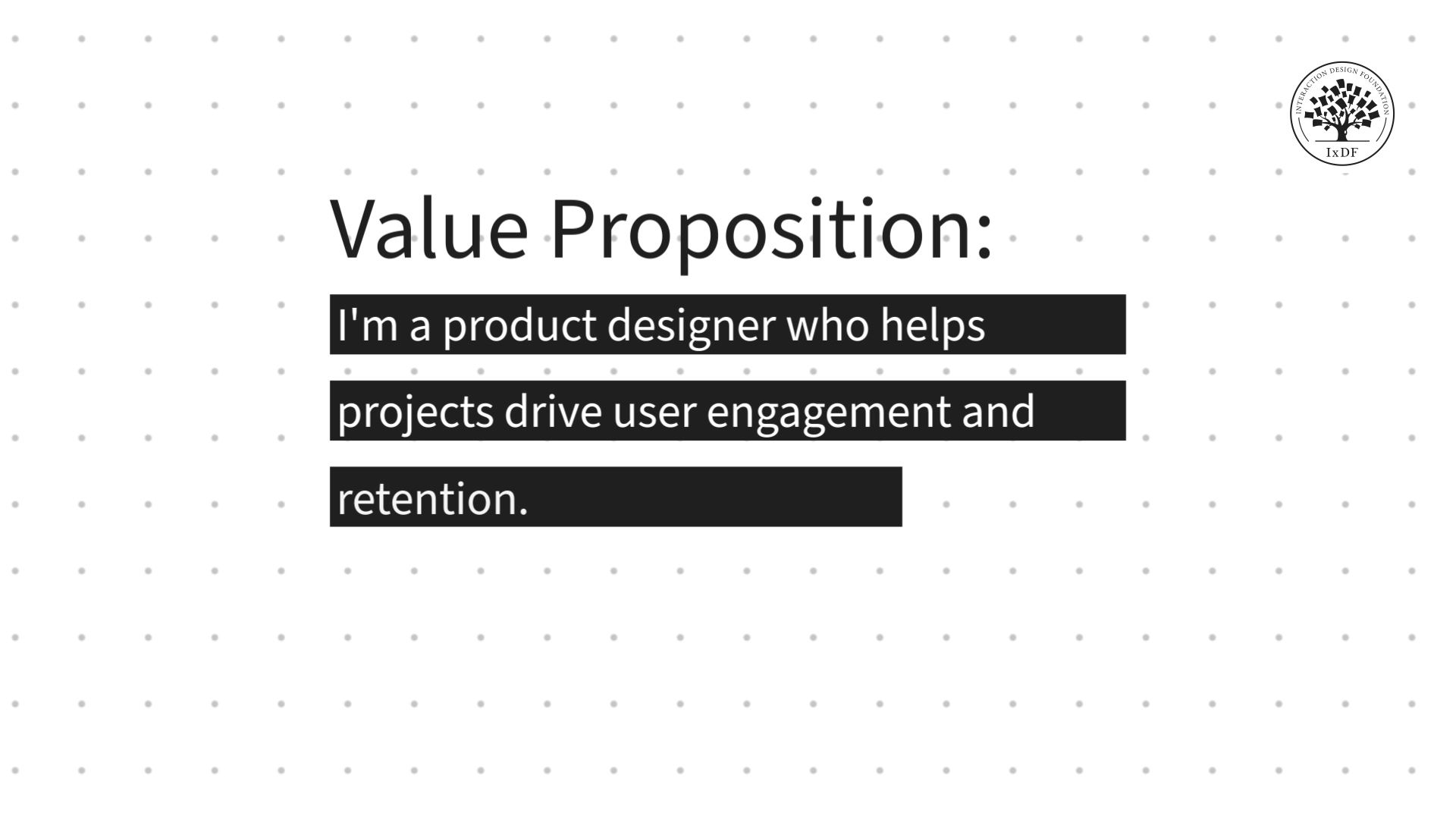
© Interaction Design Foundation, CC BY-SA 4.0
Your headlines should not only grab attention, but also help hiring managers scan the content of your design portfolio.
Here's a step-by-step guide to help you create an effective headline:
Include key skills or specializations: Incorporate essential skills or specializations directly into your headline to quickly convey what sets you apart as a designer. This allows hiring managers to immediately identify whether your expertise aligns with their needs.
"Expert Web Designer Specializing in E-commerce Solutions"
Highlight achievements or awards: If you have received notable achievements or awards in your design career, showcase them in your headline to provide instant credibility and make your portfolio stand out.
“D&AD-Award-Winning Graphic Designer with a Passion for Branding"
Specify industry experience: If you have extensive experience working within specific industries, mention them in your headline to signal to hiring managers that you have relevant expertise in their field.
“Specialist UX/UI Designer in the Tech and SaaS Industries"
Quantify results or impact: If possible, quantify the results or impact of your design work in your headline to demonstrate your effectiveness as a designer. This helps hiring managers quickly understand the value you can bring to their team.
"Increased Conversion Rates by 30% Through Strategic Design Solutions"
Use keywords relevant to the job: Tailor your headline to include keywords relevant to the job description or the specific role you're applying for. This can help your portfolio to appear more prominently in search results and catch the eye of hiring managers.
"Versatile Designer Skilled in Responsive Web Design and SEO Optimization"
Keep it brief and scannable: While it's important to include relevant information in your headline, keep it brief and scannable so hiring managers can quickly grasp the essence of your portfolio. Avoid long sentences or unnecessary details.
"Creative Designer | UX Expert | Branding Enthusiast"
Be authentic: Let your personality shine through in your hook to establish a genuine connection with your audience.
"Passionate about designs that not only look good but also make a meaningful impact on users' lives."
Use this template to craft your impactful, attention-grabbing headline.
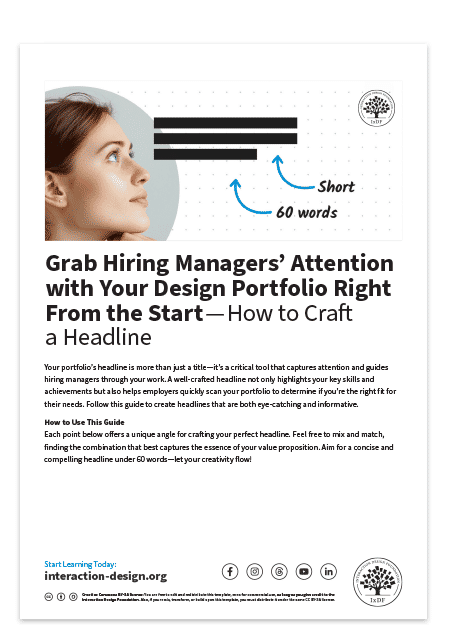

The Take Away
The primary purpose of your portfolio's landing page is to engage visitors, especially potential employers, and convince them that they've found the right candidate. To achieve this, your hook and introduction need to be spot on.
A good hook should be visually appealing and straightforward, as our initial impressions heavily rely on visuals. Once visitors start reading your landing page, they should find your content valuable, primarily focused on you and your work. Therefore, a well-written headline is essential to introduce yourself effectively. Your headline should be concise (around 60 words maximum) and provide a snapshot of who you are and what you do. Experiment with different angles, such as your role, industry, value proposition or processes, to distinguish yourself from other candidates.
Test your headline to ensure readability and clarity, and seek feedback from mentors or peers for validation. Additionally, consider whether to include a photo next to your headline, as portfolios are more personal and allow for such visual elements to enhance the personal touch of your landing page.
References and Where to Learn More
Take our course Build a Standout UX/UI Portfolio: Land Your Dream Job.
Spark your creativity with The 10 Most Inspirational UX Design Portfolio Examples in 2024.
Check out Journey’s piece, How to Create an Effective Design Portfolio Copy.
Build a network that supports your career growth—join an IxDF Local Group.
Hero image: © Interaction Design Foundation, CC BY-SA 4.0
